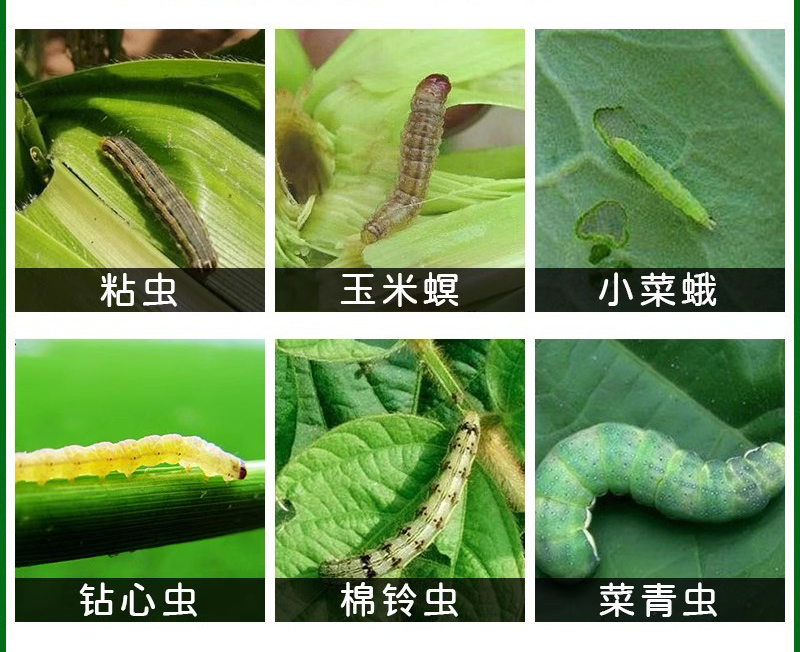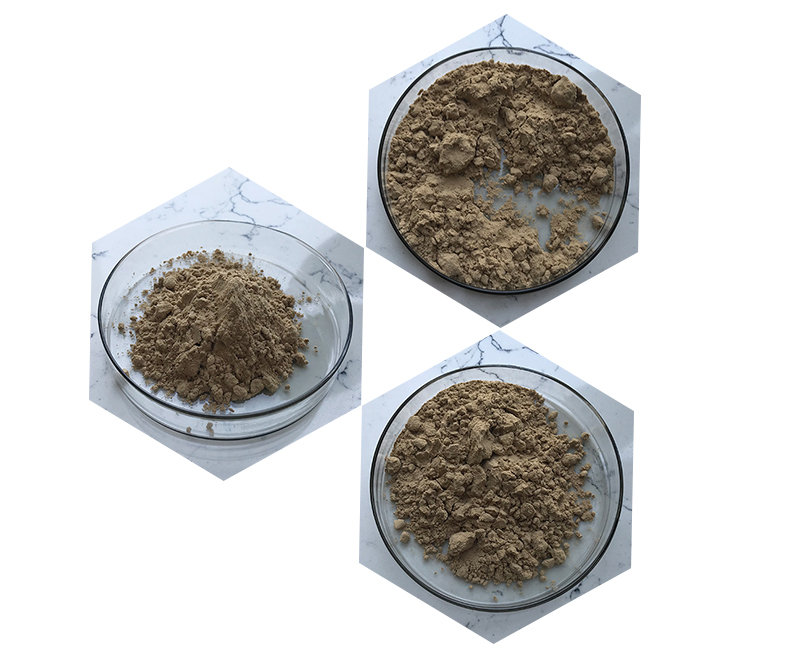Bacillus thuringiensis (Bt) is a bacterium used as a biological pesticide, particularly for controlling certain insect pests. It produces proteins that are toxic to specific insects, particularly caterpillars, beetles, and some flies. Here’s an overview of its treatment and application:
- Formulations: Bacillus thuringiensis is available in various formulations, including liquid sprays, granules, and wettable powders. Choose a formulation based on your application needs.
- Application Timing: For best results, apply Bt when target pests are in their larval stage. This is often when they are actively feeding.
- Coverage: Ensure thorough coverage of the plants, especially the undersides of leaves where pests may hide.
- Environmental Considerations: Bacillus thuringiensis is generally safe for non-target organisms, including beneficial insects, mammals, and birds. However, avoid applying it during times when beneficial insects are active.

- Resistance Management: To prevent pests from developing resistance, rotate Bacillus thuringiensis with other control methods and avoid using it exclusively for pest management.
- Safety: While Bacillus thuringiensis is considered safe for humans and the environment, it’s still wise to wear protective gear (gloves, mask) during application.
- Integration: Consider using Bacillus thuringiensis as part of an integrated pest management (IPM) strategy, combining it with cultural, mechanical, and other biological controls.
If you have specific questions about its use or a particular pest, feel free to ask!
Adverse effects of Bacillus Thuringiensis
Bacillus thuringiensis (Bt) is a bacterium commonly used as a biological pesticide, particularly for controlling insect pests. While it is generally considered safe for humans, animals, and beneficial insects, there are some potential adverse effects and concerns:
- Non-target Effects: While Bacillus thuringiensis is designed to target specific insect pests, there is a risk that it may affect non-target species, including beneficial insects like bees and predatory insects.
- Resistance Development: Overuse of Bacillus thuringiensis can lead to the development of resistance in target pest populations, making the pesticide less effective over time.
- Environmental Impact: Concerns exist about the long-term ecological effects of Bacillus thuringiensis, particularly in aquatic environments where it might affect water-dwelling organisms.

- Human Sensitivity: Although rare, some individuals may experience allergic reactions to Bt products, particularly if they have sensitivities to certain proteins.
- Soil and Microbial Effects: The introduction of Bacillus thuringiensis into the soil may impact local microbial communities, potentially altering soil health and nutrient cycling.
- Food Safety: While Bacillus thuringiensis is used in organic farming and is generally regarded as safe, its presence in food products can lead to consumer concerns and regulatory scrutiny.
Overall, while Bacillus thuringiensis is considered a safer alternative to synthetic pesticides, careful management and monitoring are essential to mitigate potential adverse effects.
